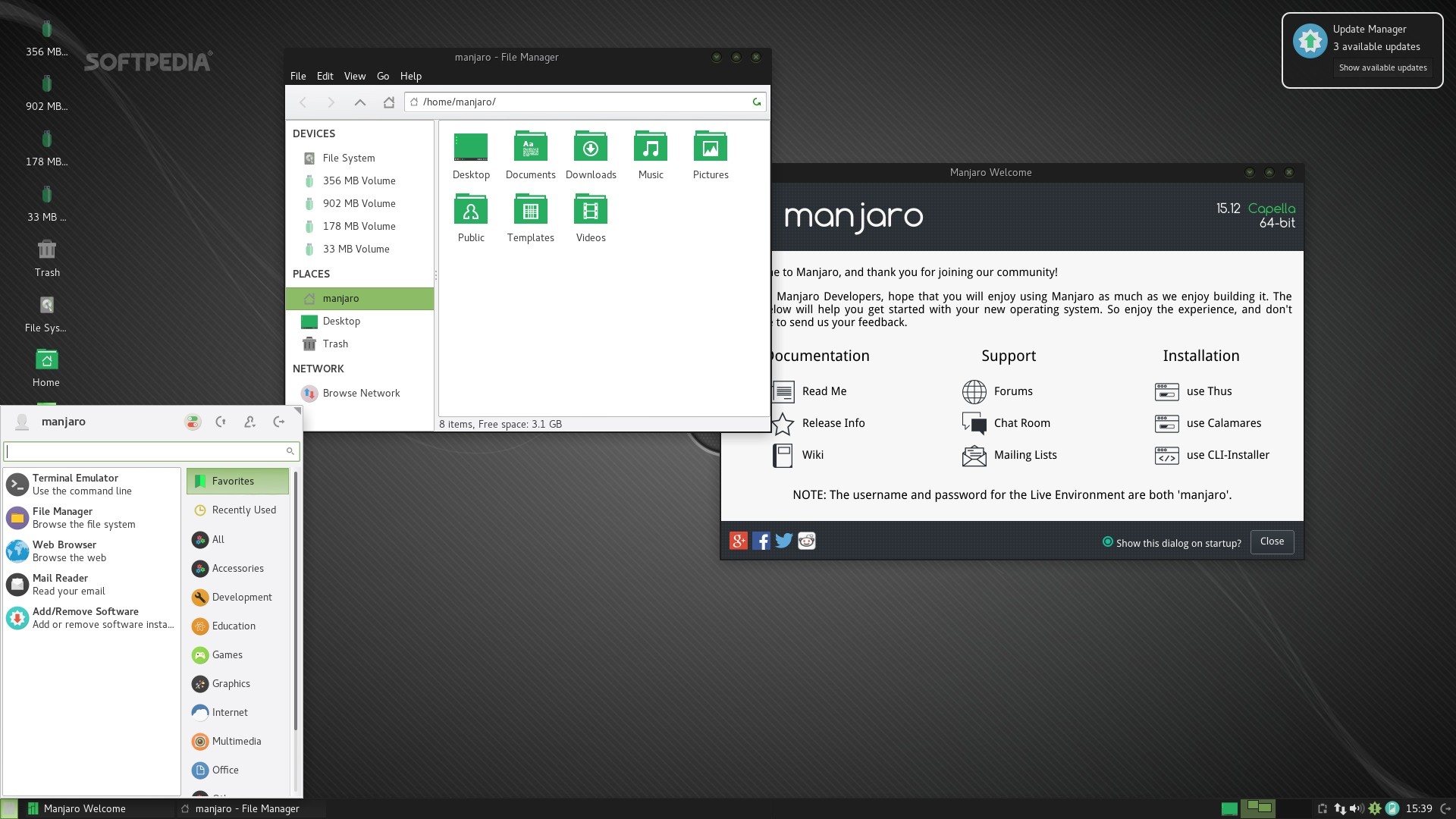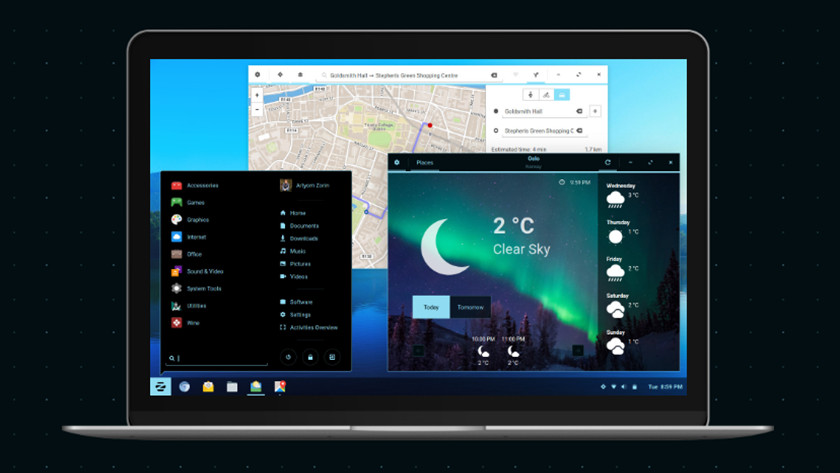
5 Best Linux Distros For Programming And Developers
Linux offers more than just desktop operating systems; you’ll find a version configured for almost any use, including programming.More popular versions of Linux such as Ubuntu focus on enhancing the user experience by automatically updating packages and providing flashy, resource-heavy GUIs.
While user-friendly distributions (distros) certainly have their place, in this guide, we've tried to get back to the glory days when developers would customise their Linux build. These Linux distros allow you to fine-tune your development environment so whether you're a veteran programmer or relative newcomer, you can get on with your coding.
Even though there are tons of Linux distributions which are aimed at beginners for making things easier, the majority of the crowd still uses Windows operating system. There are many reasons behind this, but that’s an inspiration for some other article.
1. Debian GNU/Linux

Debian is one of the oldest Linux distros and is built with stability in mind. All programs included with Debian have to meet the Debian Free Software Guidelines. Packages are carefully selected and tested for inclusion in the 'Stable' branch of Debian meaning that while some may be dated, there's very little chance of system instability, making this OS ideal for programmers.
Since most Linux OSes spawned from Debian, it’s a fantastic OS for programmers. In fact, the ultra-popular Ubuntu is based on Debian. You’ll benefit from a super stable distribution with .deb package management compatibility. Its testing branch features up to date software. Debian’s repositories are top-notch, there’s a thriving community, and you can use
apt-get as well as build-dep.It is a community distribution and only ships with free software and free drivers. The Debian repositories offer thousands of applications and there are versions available for a large number of hardware devices.
2. Ubuntu

Ubuntu is the chosen distro of the Android Open Source Project for building source files. The Android build is regularly tested using the most recent versions of Ubuntu.
You can also install other development environments using Ubuntu Make.
Ubuntu now supports the 'snaps' application packaging format, using the Snapcraft tool, which allows you to write apps in the programming language of your choice and package them with all the required dependencies. Visit the Ubuntu Developer portal here.
Ubuntu is by far the best known Linux distro, and with good reason. Canonical, its creator, has put a lot of work into making Ubuntu feel as slick and polished as Windows or MacOS, and it's one of the best-looking distros out there.
Ubuntu is compatible with a huge range of hardware and software, and Canonical makes sure it's kept regularly updated. It's the closest thing Linux has to a 'mainstream' distro, suitable for both personal and business use.
For all your development purposes, getting .deb packages won’t be a tough task. Its own Software Center has tons of free applications that make it a great Linux OS for programming. Its LTS version remains supported for 5 years and provides the stability of a fixed release. Notably, many programmers disliked its Unity desktop environment. But, due to some recent changes, Ubuntu has switched back to GNOME desktop.
Why use Ubuntu for coding and development?
The most popular open source OS has a huge user community to help you out at every step. A polished experience is provided by LTS releases that are quick to fix issues. Ubuntu also supports popular .deb package management system.3. openSUSE

Though Ubuntu and Debian derivatives tend to dominate, OpenSUSE is a solid alternative. Notably, it’s superb for development and programming. There’s a LTS release, as well as Tumbleweed, a bleeding-edge iteration.
OpenSUSE yields an enterprise environment with an excellent package manager in YaST. It’s stable and provides plenty of software installers on its website. OpenSUSE includes both fixed and rolling release options, tons of desktop environments, and intuitive app installation making it one of the best Linux distros for programmers.
4. Manjaro Linux

If you know how to setup your Arch Linux system, you don’t need Manjaro Linux. But, if you want an Arch-based system without thinking much about updates, you can go for Manjaro. It’s very easy to install, just like Ubuntu or Linux Mint. Manjaro is the newest distro on this list and it’s growing at a fast pace. Currently, in Distrowatch’s past 6 months ranking, it sits at #3.
Manjaro development team has been doing a pretty great job with each release and making the overall experience more polished. Its stable branch is just a few weeks behind Arch stable. One more thing, if you don’t want your programming Linux distro to be devoid of systemd, there’s an OpenRC spin for that. It also has a utility to let you select real-time kernels. You can also go for another Arch-based distro, Antergos. For many, Manjaro/Antergos is to as Arch as Ubuntu is to Debian.
Why use Manjaro for programming?
If you love the power of Arch Linux and a stable distro that just works, try Manjaro. You can also go for Manjaro-OpenRC if you don’t like systemd.5. Zorin OS

Zorin OS it's an increasingly popular way of getting Linux on machines because it features a graphical installation process UI, making it easier for newbies to get up and running with the alternative OS.
Some have even compared it to the closest alternative to the Windows OS, that will come as a welcome relief to those a little nervous about jumping ship. And for those that love a bit of personalisation, Zorin OS also ships with a theme changer that allows you to change some of the colours and styles of icons and the desktop.
Zorin is based on Ubuntu and has been designed to look and feel like other operating systems such as Windows 7 and macOS. (The user chooses the theme to make it look like one thing or another).
It features a complete set of desktop applications such as an office suite, graphics application, audio player, and a video player. Zorin also offers a lot
